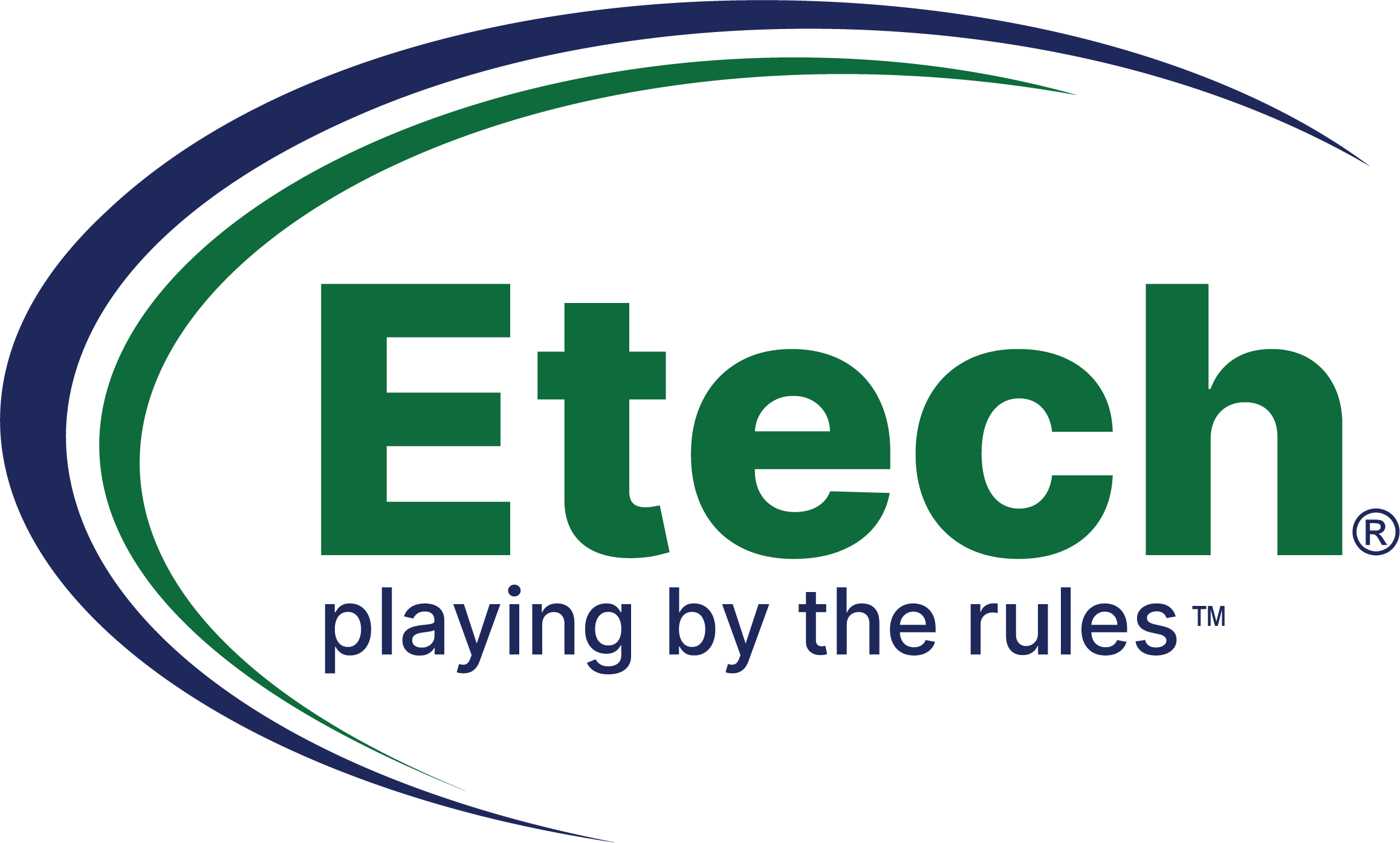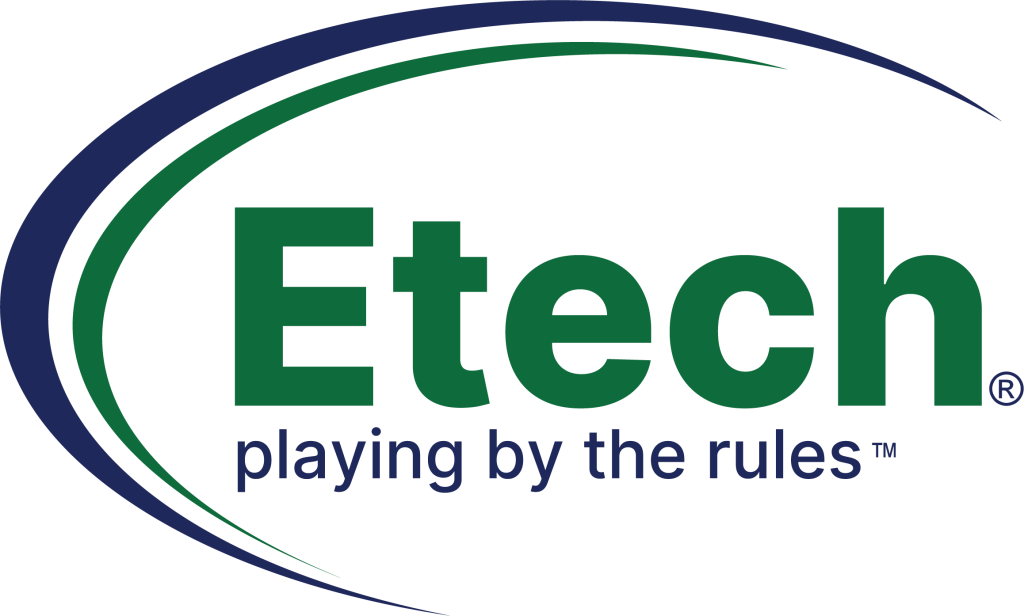5 Proven Strategies to Boost Your First Call Resolution Rate

First Call Resolution (FCR) stands as one of the most critical metrics in customer service, measuring the percentage of customer issues resolved during initial contact. A high FCR rate not only enhances customer satisfaction but also reduces operational costs and agent workload. Organizations with strong FCR performance typically see customer satisfaction scores increase by 40% while simultaneously cutting support costs by up to 30%.
Despite its importance, many companies struggle to maintain consistently high FCR rates. Common challenges include inadequate agent training, poor knowledge management systems, and disconnected communication channels. However, implementing the right strategies can dramatically improve your FCR performance and transform your customer service operations.
1. Invest in Comprehensive Agent Training and Development
The foundation of exceptional FCR lies in empowering your agents with the knowledge and skills they need to resolve issues effectively. Comprehensive training programs should cover product knowledge, troubleshooting techniques, and soft skills like active listening and empathy.
Create role-specific training modules that address the most common customer scenarios your agents encounter. Implement ongoing coaching sessions were experienced agents’ mentor newer team members, sharing real-world problem-solving techniques. Regular skills assessments help identify knowledge gaps and ensure agents stay current with product updates and policy changes.
Consider implementing simulation-based training where agents practice handling complex scenarios in a risk-free environment. This approach builds confidence and develops critical thinking skills that prove invaluable when facing unique customer challenges.
2. Implement a Robust Knowledge Management System
A centralized, easily searchable knowledge base serves as the backbone of effective first call resolution. Your knowledge management system should contain detailed product information, step-by-step troubleshooting guides, frequently asked questions, and escalation procedures.
Organize information logically with intuitive navigation and powerful search functionality. Agents should be able to find relevant information within seconds, not minutes. Include visual aids like screenshots, diagrams, and video tutorials to help agents understand complex processes quickly.
Regularly update your knowledge base based on emerging trends, new products, and feedback from customer interactions. Assign dedicated team members to maintain content accuracy and relevance, ensuring agents always have access to current information.
3. Leverage Technology and Automation
Modern technology can significantly enhance your agents’ ability to resolve issues on first contact. Customer Relationship Management (CRM) systems provide agents with complete customer histories, previous interactions, and contextual information before they even answer the call.
Implement screen pop technology that automatically displays relevant customer information when calls arrive. This eliminates the need for agents to ask customers to repeat information they’ve already provided, creating a more seamless experience.
Consider deploying AI-powered tools that can suggest solutions based on customer descriptions or automatically route calls to the most qualified agents. Chatbots can handle routine inquiries, freeing up human agents to focus on complex issues that require personal attention.
4. Optimize Call Routing and Skills-Based Assignment
Effective call routing ensures customers reach the right agent from the start, dramatically improving resolution chances. Implement skills-based routing that matches customer needs with agent expertise, considering factors like language preferences, technical complexity, and product specialization.
Develop detailed agent skill profiles that include technical competencies, product knowledge areas, and performance metrics. Use this information to route calls intelligently, reducing transfers and improving resolution rates.
Monitor call patterns to identify peak times and adjust staffing accordingly. Having the right number of qualified agents available prevents rushed interactions that often lead to incomplete resolutions.
5. Establish Clear Processes and Escalation Procedures
Well-defined processes provide agents with structured approaches to problem-solving while clear escalation procedures ensure complex issues receive appropriate attention without unnecessary delays.
Create standardized workflows for common issue types, outlining step-by-step resolution processes. Include decision trees that help agents determine when to escalate and to whom. Define escalation triggers clearly, such as technical complexity thresholds or customer satisfaction concerns.
Empower agents with appropriate authority levels to resolve issues independently. This might include authorization to provide refunds up to certain amounts, extend service credits, or make exceptions to standard policies when appropriate.
Measuring Success and Continuous Improvement
Implementing these strategies requires ongoing measurement and refinement. Track FCR rates alongside related metrics like customer satisfaction scores, average handle time, and agent confidence levels. Regular analysis helps identify which strategies deliver the greatest impact and where further improvements are needed.
Remember that boosting FCR is an ongoing journey rather than a one-time initiative. Customer needs evolve, products change, and new challenges emerge. Organizations that maintain high FCR rates commit to continuous improvement, regularly updating their strategies based on data insights and customer feedback.
By focusing on these five proven strategies, you’ll create a customer service operation that consistently resolves issues on first contact, leading to happier customers, more satisfied agents, and improved business outcomes.


